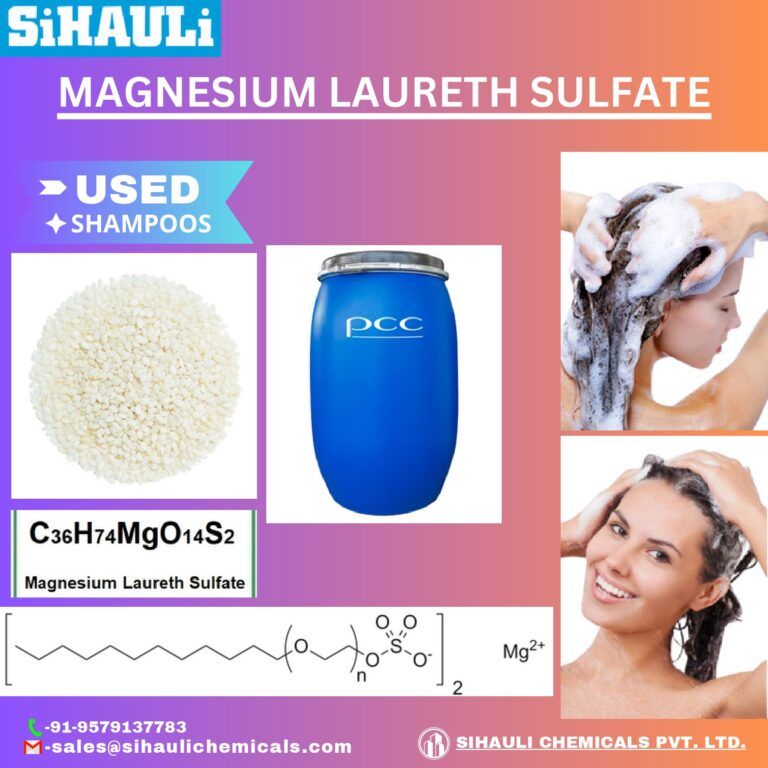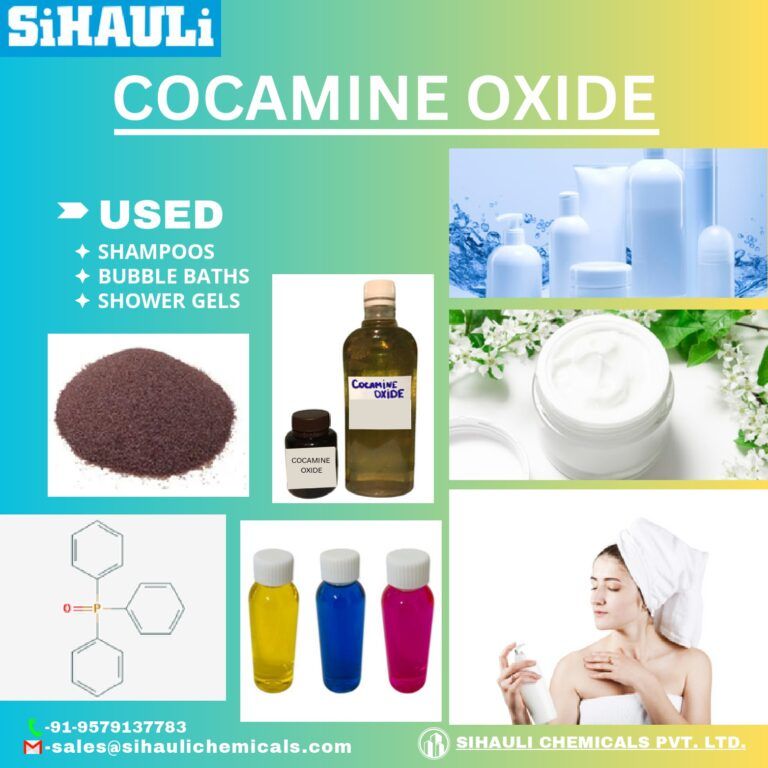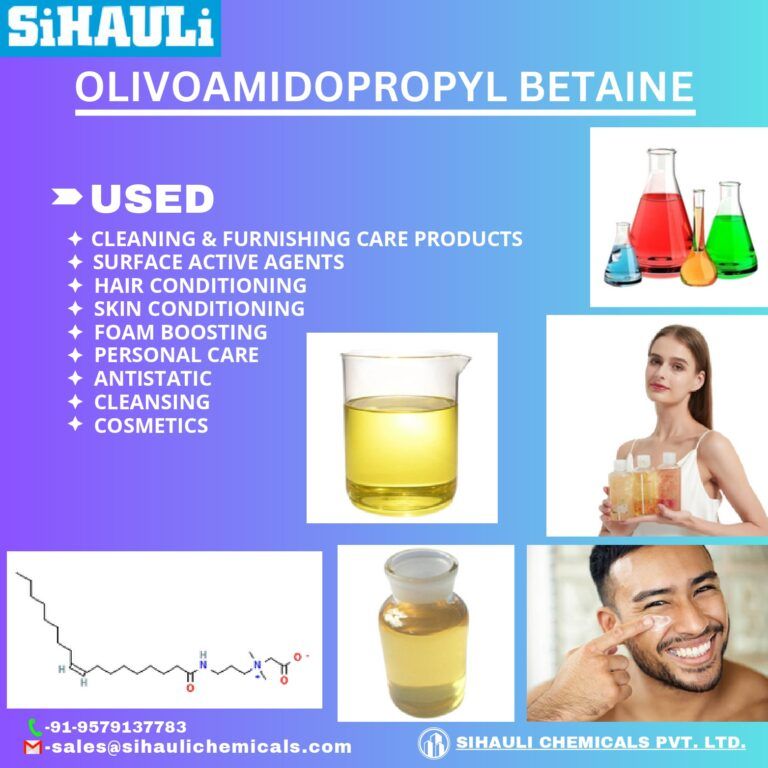Lauryl betaine’s a skin care ingredient used as a cleansing agent and also to help promote foaming in rinse-off products like cleansers. It’s often used as a secondary surfactant, or as a “booster,” letting other surfactants play the primary role, where it helps to stabilize foaming.
Lauryl Betaine is quite a beneficial ingredient used in personal care and cosmetic products due to it being a surfactant and having good emulsifying properties. It has a chemical formula of C16H33NO2 and is a liquid with a clear to pale yellow color and a slight odor. As a surfactant, it helps to mix oil and water-based ingredients, making it useful in shampoos, body washes, and other cleansing products. As an emulsifier, it stabilizes and thickens cosmetic formulations, preventing separation and maintaining texture. Lauryl Betaine is also known for its mildness and low irritation potential, making it a popular choice in products designed for sensitive skin.
What is LAURYL BETAINE used for?
Lauryl Betaine is a multipurpose ingredient serving many benefits in personal care and cosmetics. Its surfactant and emulsifying properties make it good for a large number of products.
- Hair care: It helps to create a rich lather and cleanse hair by removing dirt and excess oil. It can be found in shampoos, conditioners, and other hair care products. Due to its gentle nature, it is generally used in formulations designed for sensitive scalps
- Skin care: It acts as a mild cleansing agent, helping to remove impurities without stripping the skin of its natural oils. It also has moisturizing properties that prevent dryness and water loss
Origin
Lauryl Betaine is typically made through a reaction between lauryl alcohol and glycine betaine, which is derived from sugar beets. The process involves mixing the two ingredients together in the presence of a catalyst, heating the mixture, and then purifying the resulting product through filtration and distillation. The final product appears in the form of a clear liquid.
What does LAURYL BETAINE do in a formulation?
- Cleansing
- Emulsifying
- Hair conditioning
- Surfactant
Safety Profile of LAURYL BETAINE
Lauryl Betaine is a safe ingredient for both skin and hair. It has a low risk of skin irritation and is non-comedogenic, meaning it does not clog pores or cause acne. While any side effects and allergic reactions are rare, a patch test is recommended for sensitive skin. Lauryl Betaine is also free from parabens and is suitable for vegans and those following a halal lifestyle.




